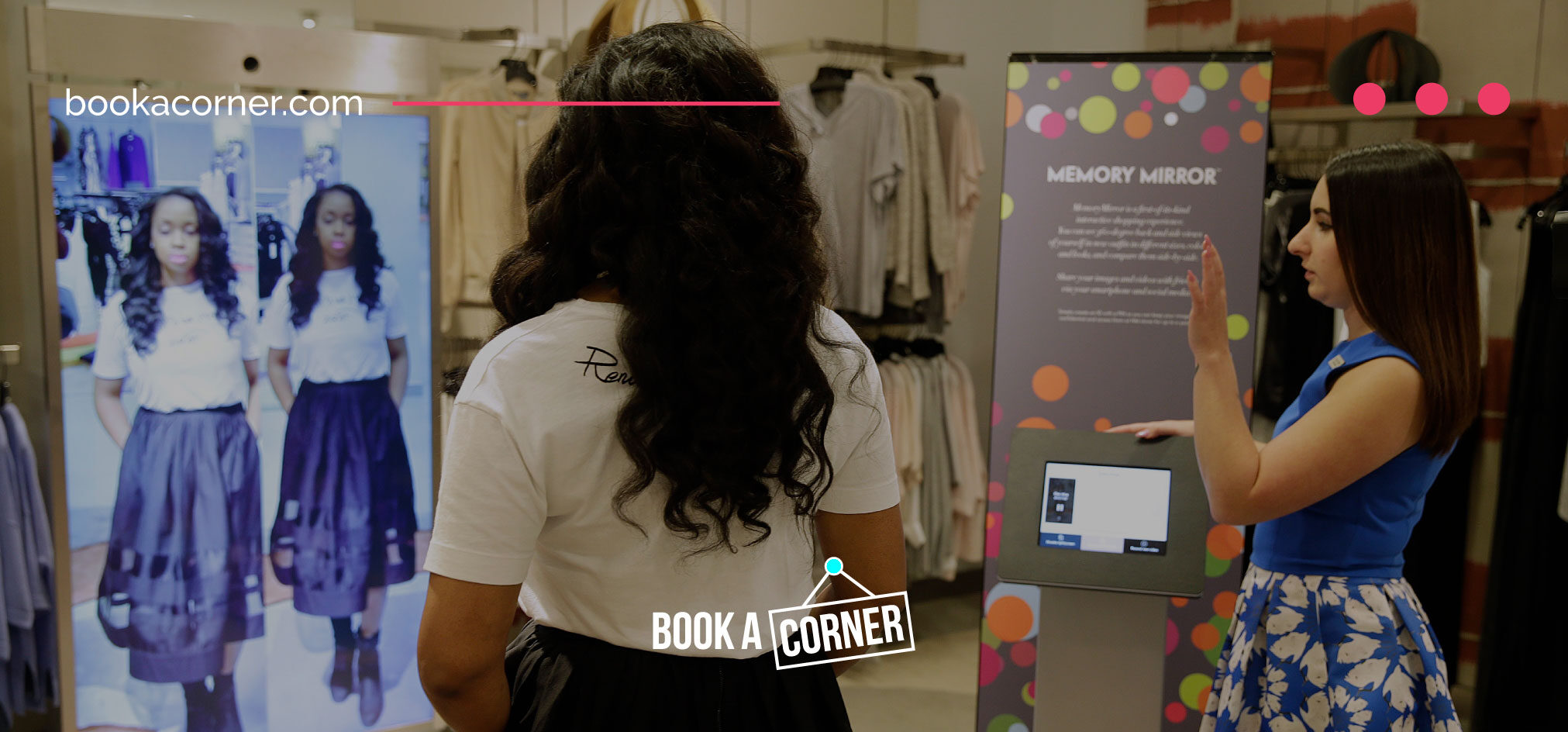Ever since the pandemic hit our regular lives and routines, all commerce had to adapt abruptly. Now, it is safe to say that Covid-19 has accelerated a major shift to e-commerce and online sales are outpacing sales in physical stores.
Figures do not lie: if we compare 2020 Cyber Monday sales to the ones in 2016, we observe a 200% increase in the retail industry. Moreover, during the last holiday shopping season, US online spending almost reached a record of 190 billion dollars. Conversely, store traffic declined 48% on Black Friday and 40.9% on the final Saturday before Christmas from the previous year.
What role do shopping centres play in a world where consumers are exponentially favoring e-commerce?
It is true that the current situation is paving the way for larger e-commerce figures, but there are still significant transactions occurring in physical stores. Actually, during the pandemic, surveys show that most consumers are willing to return to shopping malls once the risk is over in order to spend time with family and friends. Even though online sales are more convenient, the physical experience is also relevant in terms of trying new products, attending restaurants and making more expensive purchases.
It is also important to note that shopping centres are relevant for the community where they belong as well. On the one hand, the important tax revenues generated by them support many local institutions and organizations, such as hospitals, schools, fire departments, while allowing making relevant investments in general infrastructure. On the other hand, they provide a leisure space for community members, where friends, couples, families can gather and enjoy time together.
The future has already started
In a context where both e-commerce and physical experiences converge, malls will need to adapt to this new experiential eco-system. The most avant-garde brands understand that the most prominent consumer experiences are not online or in store, but a blend of both, focusing on the consumer regardless of the channel. Definitely, the main objective is providing customer engagement and technology is a key feature to achieve this goal.
As it is already happening with many industries and processes, new commerce trends should be addressed with transformational solutions. Malls need to make their tenants evolve to include digitally native brands, fitness and medical facilities. According to consumer insights, most groups were focused on health and wellness, as well as co-working spaces. For instance, Digital Immigrants (aged 45-60), who grew up in malls, have a greater attachment to the structure and purpose of malls. On the other hand, Digital Natives (aged 18-29), are looking for a more creative experience —they are also expecting new ideas and concepts, especially regarding food and fitness.
Shopping malls are here to stay, they just need to evolve fast. Stores will be an important base for brand exposure, a place for pop-up experiences and a convenient pick-up point for e-commerce orders. This means that from now onward, malls must adapt to provide more technological facilities, guarantee flexible spaces easy to repurpose, and be open to new ideas and needs from tenants. The collaboration between landlords, tenants and local authorities is more important than ever. Owners and developers should seize the moment and continue evolving into the future!



